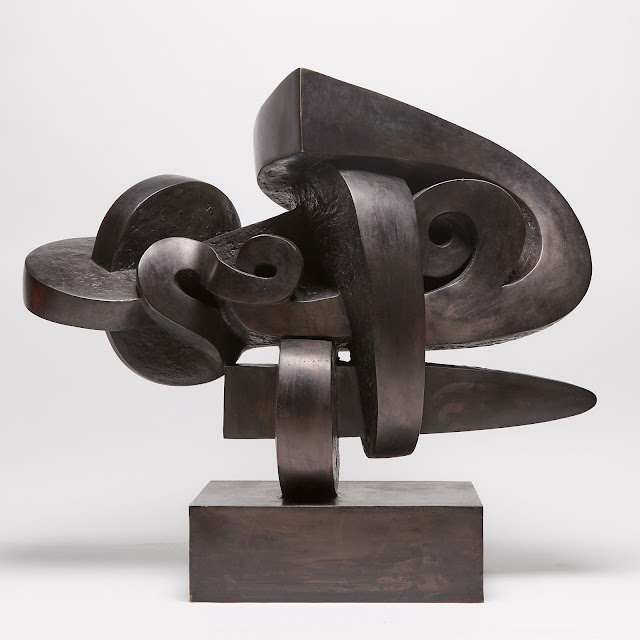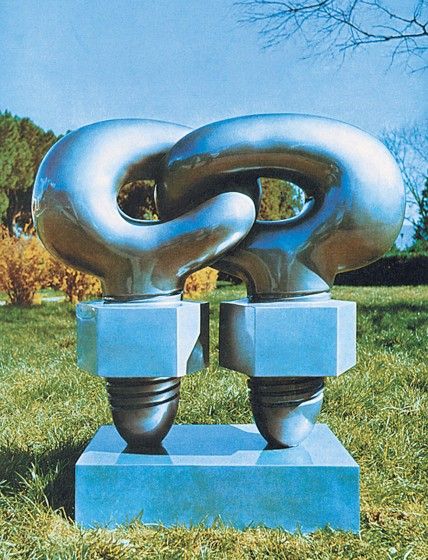Dr Thancoupie Gloria Fletcher James (1937-2011) was an Australian sculptural artist, educator, linguist and elder of the Thainakuith people in Weipa, in the Western Cape York area of far north Queensland. She was the last fluent speaker of the Thainakuith language and became a pillar of cultural knowledge in her community. She was also known as Thankupi, Thancoupie and Thanakupi.
"Thanakupi as she was best known, was born in the small mission town of Napranum, near Weipa where she experienced a traditional childhood of hunting and travelling with her family in time with the seasons. As part of her upbringing, her female elders taught her traditional stories and symbols that they drew in the sand. It was these symbols and stories that Thancoupie would later modify for her work in textiles and clay.
In 1971, Thancoupie travelled to Sydney to enrol in a graphic arts course at East Sydney Technical College. Here, after overcoming initial qualms associated with the sacred nature of clay in her homeland, she began her training under the guidance of Peter Rushforth, Bernard Sahm, Shiga Shigeo, Joan Grounds and Peter Travis. She became the first Indigenous person to study ceramics at a tertiary level.Thancoupie held her first solo exhibition in the backyard of her friend, Jennifer Isaacs, and through this received an invitation in 1983 to attend an international ceramics conference in Mexico. In 2001, eighty works spanning her entire career were presented in a survey exhibition at the Brisbane City Gallery and she is represented in the collections of the Powerhouse Museum, the National Gallery of Australia as well as State art galleries and museums in Queensland, South Australia and Victoria.In addition to continuing her art practice, Thancoupie spent much of the last 30 years mentoring aspiring artists from communities in Far North Queensland, Arnhemland, the Desert and the Tiwi Islands as well as holding art and professional development courses for both Indigenous and non-Indigenous students. Thancoupie helped to found the Weipa Festival on Cape York and ran holiday programs to teach bush knowledge and art to younger generations. As a community elder Thancoupie educated Indigenous children in their traditional culture and ran art education programs during school holidays.
As recently noted by Adrian Newstead, Thancoupie’s creative and philosophical motivation is best expressed in her own words.
You are here in a lifetime to help, to understand… that is intelligence. And only intelligent people have strong friendships. I wish we all have that."(maas.museum)






















































